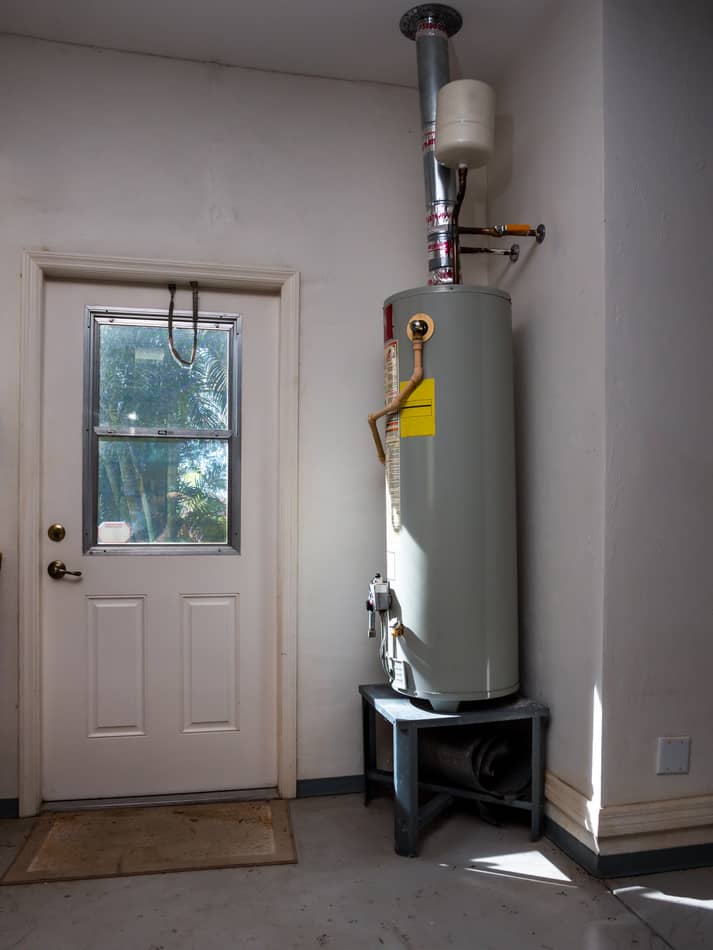How to Keep Your Home's Hot Water System in Good ConditionEffective Techniques for Maintaining Your Home's Hot Water System
How to Keep Your Home's Hot Water System in Good ConditionEffective Techniques for Maintaining Your Home's Hot Water System
Blog Article
Just about every person seems to have their personal way of thinking on the subject of What Kind of Maintenance Do Water Heaters Need?.

Hot water is important for everyday convenience, whether it's for a revitalizing shower or washing dishes. To ensure your hot water system runs effectively and lasts much longer, routine upkeep is vital. This article offers useful ideas and understandings on just how to maintain your home's hot water system to prevent interruptions and costly repair services.
Intro
Keeping your home's warm water system could appear daunting, but with a few easy steps, you can ensure it operates smoothly for many years to come. This guide covers everything from understanding your warm water system to do it yourself upkeep pointers and recognizing when to call in specialist aid.
Relevance of Keeping Your Warm Water System
Normal upkeep not just prolongs the life expectancy of your warm water system however likewise ensures it operates efficiently. Overlooking maintenance can lead to decreased efficiency, greater power costs, and also premature failure of the system.
Signs Your Hot Water System Demands Upkeep
Recognizing when your warm water system needs attention can prevent significant concerns. Keep an eye out for indications such as inconsistent water temperature, strange sounds from the heating system, or rustic water.
Comprehending Your Warm Water System
Prior to diving into maintenance jobs, it's handy to recognize the fundamental components of your hot water system. Commonly, this includes the water heater itself, pipelines, anode poles, and temperature controls.
Monthly Upkeep Tasks
Routine monthly checks can aid catch minor concerns prior to they escalate.
Purging the Water Heater
Purging your hot water heater gets rid of debris accumulation, improving efficiency and prolonging its life.
Monitoring and Changing Anode Rods
Anode poles avoid corrosion inside the storage tank. Checking and replacing them when broken is critical.
Evaluating and Adjusting Temperature Setups
Changing the temperature setups makes sure ideal efficiency and safety.
DIY Tips for Maintenance
You can perform numerous maintenance jobs yourself to keep your warm water system in leading condition.
Looking for Leaks
Consistently inspect pipelines and links for leaks, as these can bring about water damage and greater bills.
Examining Pressure Alleviation Valves
Evaluating the stress relief valve ensures it operates correctly and protects against excessive stress buildup.
Protecting Pipelines
Protecting hot water pipelines decreases warmth loss and can save power.
When to Call a Professional
While DIY upkeep is useful, some concerns require expert proficiency.
Complex Problems Requiring Expert Aid
Examples include major leaks, electric problems, or if your water heater is continually underperforming.
Routine Expert Upkeep Conveniences
Professional upkeep can include complete inspections, tune-ups, and guaranteeing compliance with safety and security criteria.
Conclusion
Routine upkeep of your home's warm water system is important for effectiveness, durability, and price savings. By following these ideas and recognizing when to look for professional help, you can guarantee a trusted supply of warm water without unanticipated disruptions.
How to Maintain an Instant Hot Water Heater
Before tinkering with your hot water heater, make sure that it’s not powered on. You also have to turn off the main circuit breaker and shut off the main gas line to prevent accidents. Also turn off the water valves connected to your unit to prevent water from flowing into and out of the appliance. 2. When you’re done, you have to detach the purge valves’ caps. These look like the letter “T” and are situated on either side of the water valves. Doing so will release any pressure that has accumulated inside the valves while at the same time avoid hot water from shooting out and burning your skin. 3. When the purge valves’ caps are removed, you have to connect your hosing lines to the valves. Your unit should have come with three hoses but if it didn’t, you can purchase these things from any hardware or home repair shops. You can also get them from retail stores that sell water heating systems. Read the user’s manual and follow it to complete this task properly. When the hosing lines are connected, open the purge port’s valves. 4. You should never use harsh chemical cleaners or solutions when cleaning your unit. Make use of white vinegar instead. It should be undiluted and you’ll probably use about 2 gallons. 5. Now flush your water heater. This task should probably take about 40 minutes. We can’t give you specific directions for this because the procedure is carried out depending on the type, model and brand of your heater. With that being said, refer to the user’s manual. 6. When you’re done draining the unit, you have to turn off the purge port valves again. Remove the hosing lines that you earlier installed on each of the water valves. Put the valve caps (purge port) back in their respective places and be very careful so as not to damage the rubber discs that are found inside these caps. 7. Now that everything’s back in place, check your user’s manual again to find out how to reactivate your water heating system. 8. Once it is working, turn one of your hot water faucets on just to let air pass through the heater’s water supply pipes. Leave the tap on until water flows smoothly out of it. https://www.orrplumbing.com/blog/2014/september/how-to-maintain-an-instant-hot-water-heater/

We were introduced to that article on Water Heater Maintenance Tips You Can't Afford to Forget from a good friend on our other site. You should take the time to promote this blog entry if you liked it. Kudos for being here. Come back soon.
Call Report this page